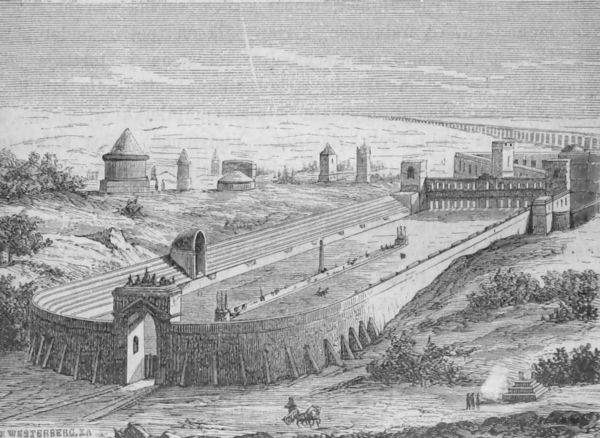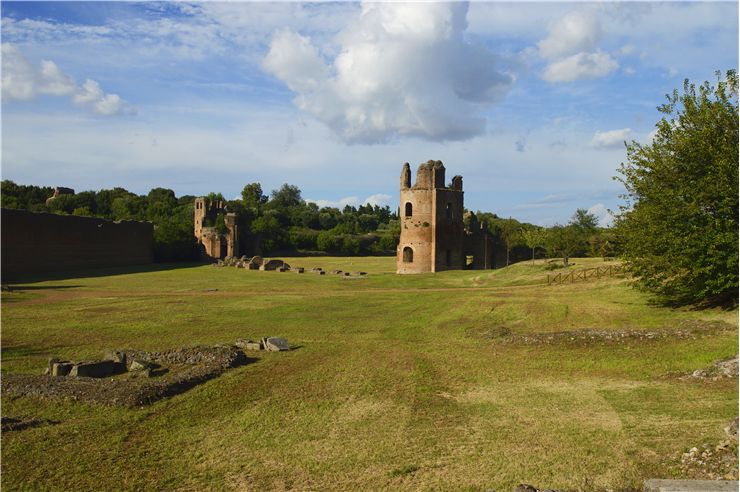Circus of Maxentius Facts - Ancient Structure in Rome
Constructed by Emperor Maxentius between 306 and 312 AD, the Circus of Maxentius remains the best-preserved ancient Roman circus. Located along Via Appia, one of the earliest and strategically most important ancient Roman roads, it was part of a complex of buildings. Games and races were held in honor of Maxentius' son,
The Circus of Maxentius is the best preserved ancient Roman circus, surpassed in size only by the Circus Maximus in Rome. The circus was made of concrete faced with opus vittatum (parallel horizontal courses of tuff blocks alternated with bricks). It measures 513 meters long and 91 meters wide, accommodating up to 10,000 spectators. Its "spina", the barrier that divides the circus in half and creates a circular track, was 1000 Roman feet long (296 meters) and cased in marble.
As an additional tribute to his son, Maxentius placed the Obelisk of Domitian in the center of the circus. This obelisk was brought from the Isaeum and covered in hieroglyphs. Over time, it broke into five pieces, but was later restored by Bernini and now stands at Rome's Piazza Navona. Near the circus was Maxentius' villa, connected to the imperial box (or "pulvinar") via a covered entrance, allowing the emperor to enter and exit without interacting with the general public. The outer walls of the circus are not entirely parallel, with the track widening at the start and turning points for chariot races. The east end features a slight triumphal arch, while the southern side of the track houses the judges' box.
The circus's excellent preservation is attributed to its limited use. Maxentius usurped power in 306, but was not recognized by other emperors. In 312, he was defeated by Constantine I the Great near the Milvian Bridge, north of Rome. The games held at the circus were initially intended as inaugural games but became funeral games after Maxentius' son passed away and was interred in a nearby mausoleum. The Circus of Maxentius is currently under the care of the Soprintendenza Archeologica di Roma.

